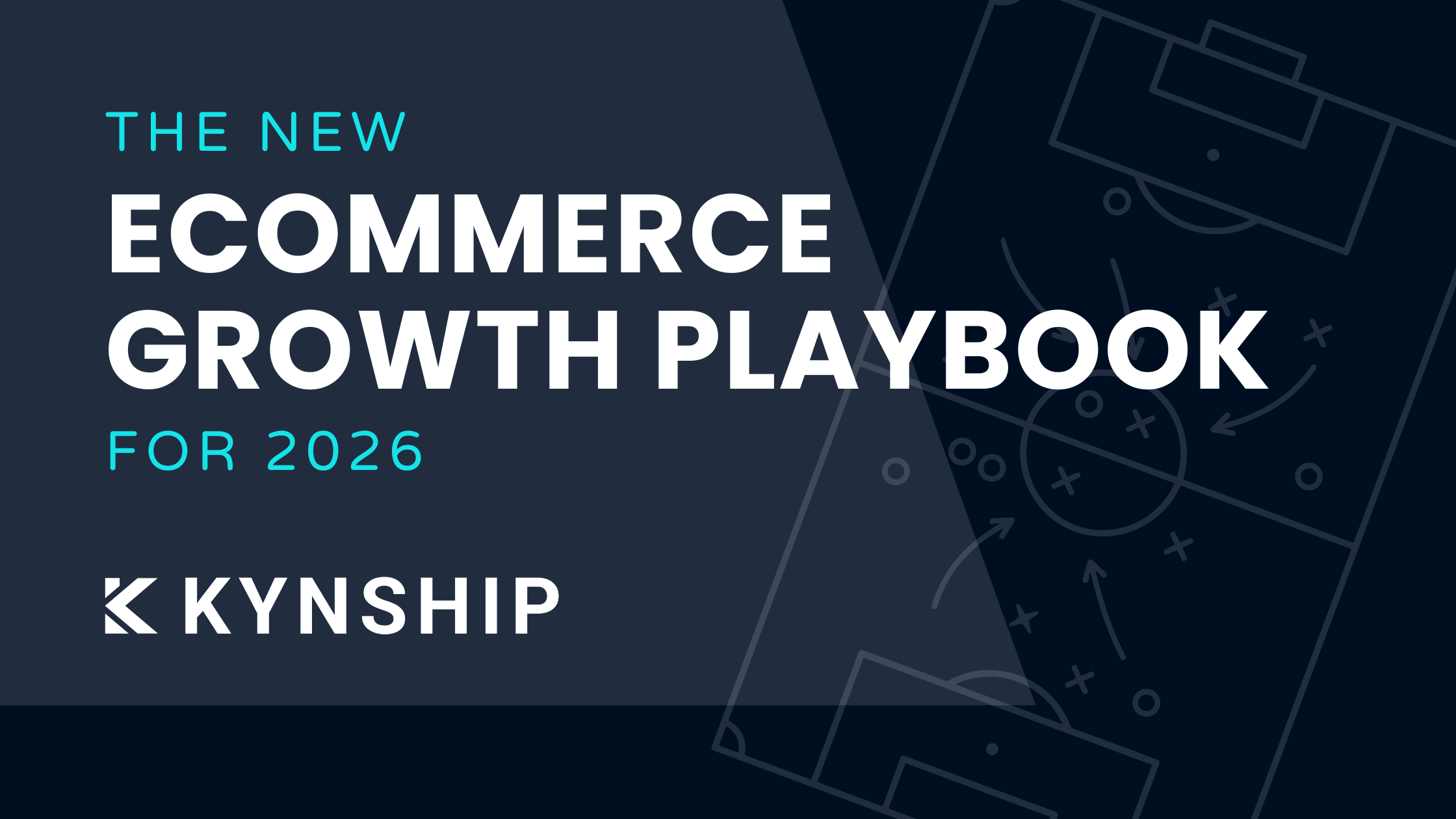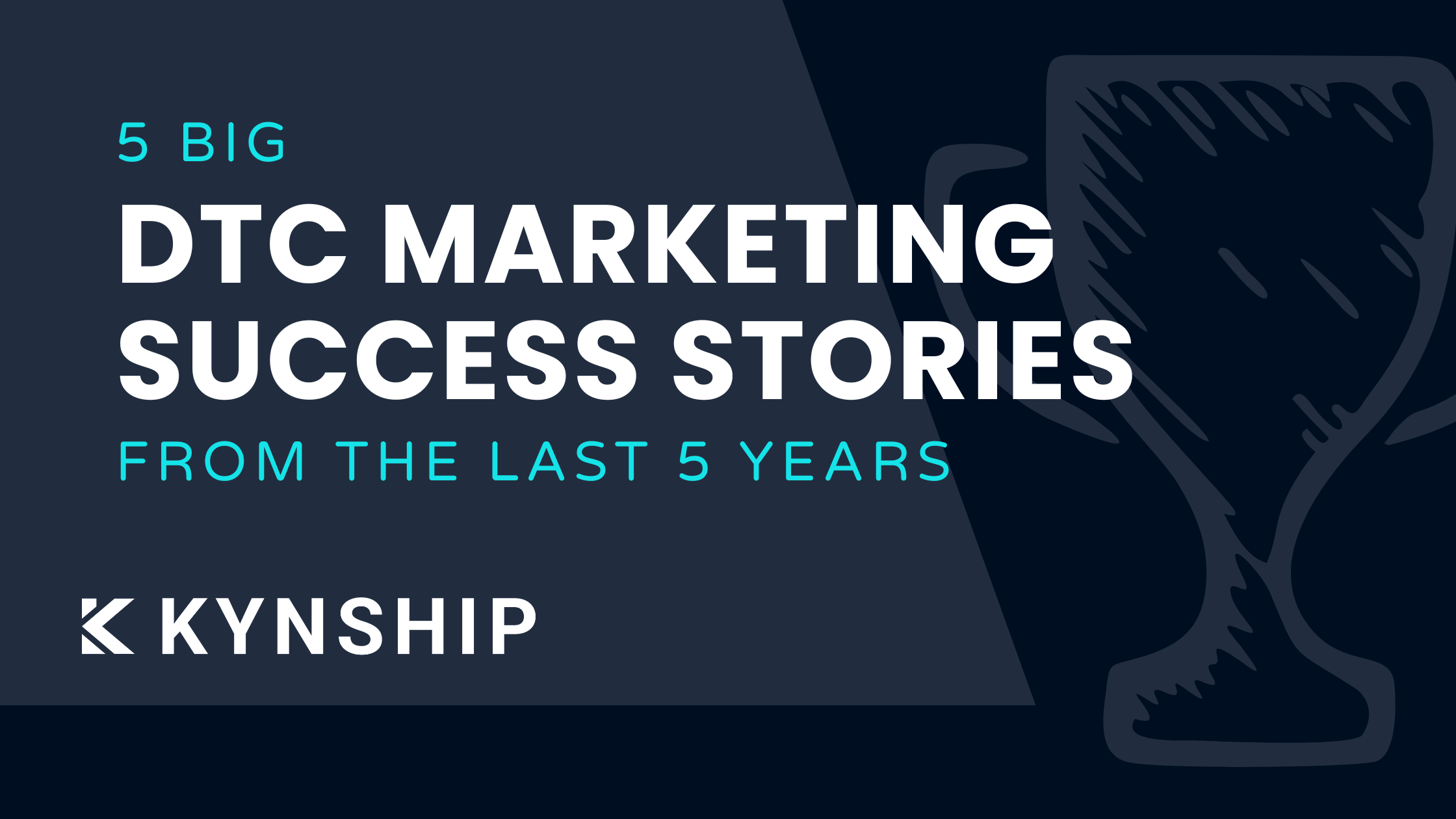10 Reasons Why Your Influencer Marketing Isn't Working

Influencer marketing is best suited for DTC brands with high-quality products.
You might wonder: “Yeah but Courtney, my product is GREAT and my influencer marketing still isn’t crushing it.”
So what gives?
Using real life quotes of brands on the phone with us, here are the top ten reasons and their key takeaways.
10 Reasons Why Influencer Marketing Doesn't Work & What You Should Do About It
1. 🫣 Noise: “Do you guys do whitelisting?”
You’re surrounded by success stories of other brands. So you become easily convinced that all you’re missing is X or Y strategy to get the results you’ve been hoping for.
Whitelisting is just one influencer marketing tactic. Most are still yet to understand how to execute such partnerships with influencers, and at scale. And if you’ve read our guide to influencer whitelisting, you’ll know that unless the influencer is a household name (or a macro-influencer), whitelisting might not even be worth the investment anyway.
The takeaway? Success is not overnight in influencer marketing. Diversify, test, and scale what works for your brand.
2. 😴 Inertia: “What we’ve always done, stopped working”
The pace isn’t as fast as Apple’s Design Team, but influencer marketing keeps evolving.
We’ve gone from fictitious advertising characters in the 70s (think McDonald’s Hamburglar or the Nesquik Nestlé rabbit), to big-time sports star endorsements like Michael Jordan and Nike, to reality star Kim Kardashian recently being promoted to Chief Taste Consultant for Beyond Meat. In case you're curious ...
But it’s not just the types of people you have to think about. It’s the channels they influence on.
TikTok has turned Charli D'Amelio into a millionaire since she started posting dance videos in June 2019 which shortly went viral. Now, she’s the highest-earning TikTok influencer of 2022 pocketing an estimated $17.5M in earnings.
When lip balm brand eos teamed up with Charli D'Amelio for their #AwesomeKiss campaign at the end of 2019, she had just hit 400k followers. When Charli went live with her two assets for the campaign, she reached 27M people, 3.1M likes, and boosted her following to 6.7M. Check out one of the videos below.
The spotlight on TikTok is turning, but there’s still time for you to ride this wave while you can and grow your revenue using TikTok influencers.
The takeaway? Past success ≠ future success. Ride the trends while you can. But pivot quickly when it stops.
3. 😫 Exhaustion: “We’ve used CRM’s, UGC platforms, etc. … so I’m hoping you can bring a better result.”
It's time to move beyond the “standard” paid social campaigns and build a community of people rallying around your brand and adopting your product.
Start here: Grow your pool of people that love your product/brand through influencer seeding. Offer to send your product out for free to influencers you've vetted — with no strings attached messaging.
Some of them will post about it without you asking for it. And once they do, reach out to them and thank them. Then, ask for permission to turn their content into paid media for your brand.
If you’ve read our entire influencer marketing gameplan, what you do after sending the free product to the influencer is the most crucial part to succeeding.
The takeaway? Start seeding your product to influencers now. Community driven commerce are the ones that win.
4. 😎 Vanity: “We got a bunch of likes, but didn’t see any uptick in sales”
Newsflash: they aren't correlated. Like optimizing for traffic within FB, you'll get what you're looking for.
Ask: What's your goal within this channel?
- Want conversions? Track the sales using unique promo codes to every individual influencer or a custom URL.
- Want reach? Evaluate impressions and examine traffic to your landing page through Google Analytics.
- Want to build a new audience? Track how many social media followers you have gained and find out the exact traffic source via your CRM.
Forming KPIs ensure your goals go from “I want more sales!” to “I want to see a 15% increase in year-over-year revenue by June 30.”
The takeaway? Vanity focus will lead to vanity results. Form your influencer marketing KPIs based on specific goals.
5. 🫤 Quick Fixes: “Our website wasn’t ready when we had her post.”
No marketing trick will fix things other channels are responsible for. If you don’t have enough stock of a product the influencer is promoting, that’s on you.
Influencers can drive traffic to your website all day long, but they can’t help you if you have inventory issues. You need the foundations set up first.
The takeaway? Before you run with any influencer marketing campaign, make sure your website is ready for the traffic and optimized for sales.
6. 🤑 One Off: “We had a major collaboration with XYZ celebrity and couldn’t afford anything else.”
The jury is out to see if Kim Kardashian’s seal of approval on Beyond Meat’s product is going to have any uptick on sales.
Instead, think: Micro-influencers OVER Macro-influencers
Save it, imprint it in your mind, get a tattoo; this should be your philosophy moving forward.
- They are more likely to respond to your outreach message and post your product for free when you seed them product.
- You avoid agents and managers so you are the one building a direct relationship.
- Micro-influencers have a small but engaged community.They aren’t going to risk losing their community’s trust with inauthentic content. The ideal scenario for you.
The takeaway? If you can afford to mix micro and macro, go ahead! But the point here being to not put all your eggs in one basket. Breakdown the celebrity into subcategories and seed micro-influencers within those buckets.
7. 🤔 Bells & Whistles: “We have an affiliate program, employees managing it, but it’s not driving sales.”
Building a successful affiliate program requires a lot of testing, and a great affiliate marketing platform (our fav is Refersion).
You need access to metrics that will help you improve your program, process, and the conversion rate of your store. Otherwise you’re just making decisions based on a hunch, and not data.
- Pure Vida Bracelets had to create better incentives to inspire their ambassadors to drive sales
- Shrimp & Grits used a custom vanity URL to display the affiliate’s name on the website
The takeaway? The path to affiliate marketing success is not linear. Once you’re set up, you need access to data that will help you make informed decisions. A platform like Refersion can give you that. Side note: #notsponsored, we've just vetted a lot of affiliate marketing platforms.
8. 🤯 No Time: “We want to do it, we just don’t have the resources to manage it.”
Oh boy don’t we know it. Setting up your FB Ad Account is one thing. Having someone run it, sourcing content, writing ad copy, outreaching to influencers are another. Take the pressure off and get yourself a team of influencer marketing experts.
The takeaway? Hire an internal team or outsource it to us!
9. 😧 Confusion: “I’ve seen so much advice on this channel. I have no idea where to start.”
Don't overthink influencers. I know, easy for me to say. But Cody, Taylor, and the whole Kynship team make every effort to simplify getting started with influencer marketing.
Again, the place to start: Offer to send your product out for free to your favorite* influencers — with no strings attached.
*By favorite, we still mean influencers that are going to be the right fit for your brand. Read our guide to influencer outreach (which includes templates you can steal to get started quickly).
The takeaway? Influencer seeding (product seeding) is the foundation to building a successful influencer marketing program. Use the outreach templates we provide in the guide above to increase your response rates.
10. 😵 Addiction: "Can you guarantee ROI?"
No we can't and anyone who does is getting you to play in their zero-sum game. Influencer marketing is no different than every other marketing channel. ROI takes time just like when you first start email campaigns. Commit to 6 months.
The takeaway? Building influencer marketing success is a long-term gameplan. Our 3-phase blueprint takes time to implement and while we can’t ‘guarantee’ results ... I’m just going to gently nudge you in the direction of our case studies …
Time To Make Your Influencer Marketing Work
Does any of this strike a chord with you? If so, I truly sympathize with you. To sum up, any brand not happy with their influencer marketing success normally fits within this criteria:
- You’re paying per post
- You’re focused solely on macro-influencers
- You struggle to execute influencer partnerships at scale
- You’re relying on outdated tactics & what’s worked in the past
- You’re dictating what the influencer should say about your product
- You have no idea how to measure the success of your influencer campaigns
- You’re not set up with the proper resources & team to implement your influencer marketing strategy
If you’re stuck in this vortex, let us help. Influencer marketing doesn’t have to be wildly expensive, but you do need to be consistent with your influencer seeding efforts to set a solid foundation from the start. Love a list? Here is some further reading on our pick of 10 influencer marketing trends to pay attention to.


5 DTC Marketing Success Stories From The Last 5 Years
Five real DTC marketing success stories from the last five years, breaking down how brands scaled despite rising CAC, creative fatigue, and tougher competition, plus key lessons you can apply today.

The New Ecommerce Growth Playbook For 2026
These are the ecommerce growth marketing strategies we are using right now to successfully scale DTC brands from $2M to $50M.
Bi-weekly tips to reduce your CAC
Join thousands of DTC operators and subscribe to Cut the CAC for insights from the Bottom Line Podcast and Kynship's growth strategies.


.avif)
.avif)
.avif)



